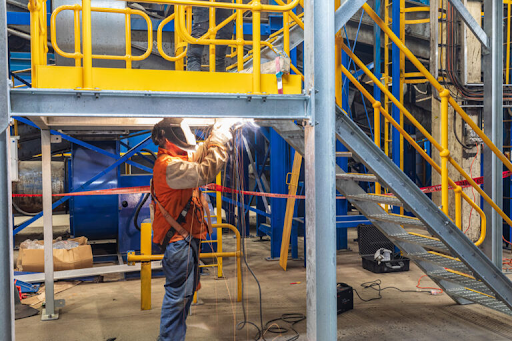As healthcare evolves to meet the needs of patients, the concept of bringing hospital-grade equipment into the home setting has gained significant traction. One such vital piece of equipment is the hospital bed, which is crucial in enhancing comfort, promoting recovery, and improving the overall quality of life for individuals requiring long-term care or rehabilitation at home. In this comprehensive guide, we will explore the benefits, features, and considerations associated with hospital beds at home.
Understanding Hospital Beds
Hospital beds are specially designed medical beds that offer adjustable features to cater to the unique needs of patients. Unlike traditional beds, hospital beds can be raised, lowered, inclined, and adjusted for specific positions to provide optimal comfort and support. They have safety rails, braking mechanisms, and easy-to-use controls, ensuring patient safety and caregiver convenience.
Benefits of Hospital Beds at Home
Enhanced Comfort: Hospital beds offer various adjustments such as height elevation, backrest inclination, leg elevation, and Trendelenburg/reverse Trendelenburg positions, allowing patients to find the most comfortable and therapeutic sleeping and resting positions.
Pressure Ulcer Prevention: Patients at risk of developing pressure ulcers, also known as bedsores, benefit from hospital beds with pressure redistribution surfaces. These surfaces help distribute weight evenly, reduce pressure points, and minimize the risk of skin breakdown.
Mobility and Independence: Hospital beds with adjustable height features make it easier for patients to get in and out of bed independently or with minimal assistance. This promotes mobility, reduces falls, and enhances overall independence and confidence.
Ease of Caregiving: Caregivers find hospital beds with features like electronic controls, side rails, and bed exit alarms invaluable in providing safe and efficient care to patients, especially those with mobility limitations or medical conditions requiring close monitoring.
Rehabilitation Support: For patients undergoing rehabilitation or physical therapy at home, hospital beds with adjustable positions facilitate exercises, transfers, and therapy sessions, contributing to faster recovery and improved outcomes.
Versatility: Hospital beds come in various designs, such as manual, semi-electric, and full-electric models, offering options to suit different patient needs, budget considerations, and caregiving preferences.
Key Features to Consider
Adjustability: Look for hospital beds with easy-to-use controls for adjusting height, headrest, footrest, and overall bed positioning. Electric beds offer convenient remote control operation, while manual beds require physical effort for adjustments.
Safety Features: Ensure the bed is equipped with sturdy safety rails, locking mechanisms, and bed exit alarms to prevent falls and ensure patient safety, especially for individuals at risk of wandering or falling out of bed.
Mattress Type: Choose a mattress or pressure redistribution surface suitable for the patient’s needs, considering pressure ulcer risk, comfort preferences, and medical conditions like arthritis or back pain.
Ease of Maintenance: Opt for beds with durable construction, easy-to-clean materials, and low maintenance requirements to ensure long-term reliability and hygiene standards.
Accessibility: Consider the hospital bed for home use compatible with accessories such as overbed tables, IV poles, bedside commodes, and patient lifting devices to enhance caregiving efficiency and patient comfort. Also, use the best mattress for hot sleepers with them.
Integration with Home Care Services
Incorporating a hospital bed into a home care plan often involves collaboration with healthcare providers, medical equipment suppliers, and home care agencies. Healthcare professionals assess patient needs, recommend suitable equipment, and provide training on safe usage, maintenance, and emergency procedures. Home care agencies offer skilled nursing, therapy services, and caregiver support to ensure holistic and personalized care for patients in a home setting.
Conclusion
In conclusion, hospital beds at home are vital in facilitating comfortable, safe, and effective care for patients in a home environment. By providing customizable features, promoting mobility, preventing complications, and supporting rehabilitation efforts, hospital beds significantly improve the overall comfort and quality of life for individuals with chronic illnesses, disabilities, or recovering from medical procedures. With careful consideration of features, safety measures, and integration with home care services, hospital beds empower patients to maintain independence, dignity, and well-being while receiving optimal care in the comfort of their homes.








